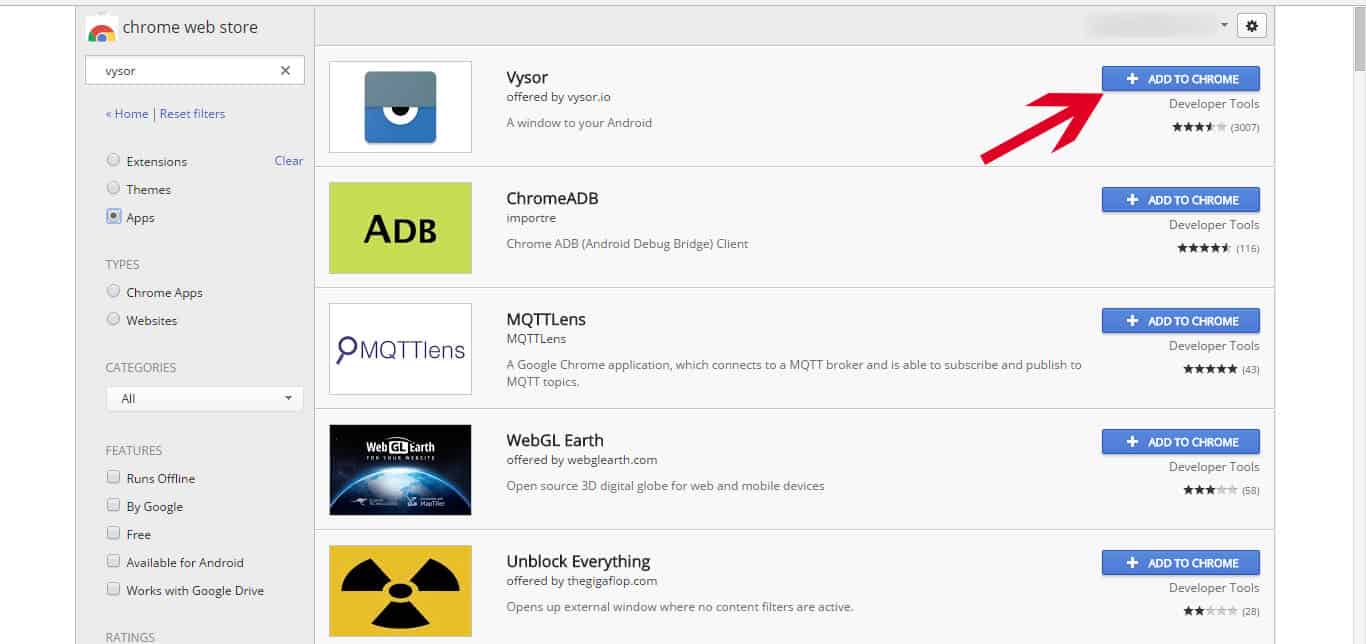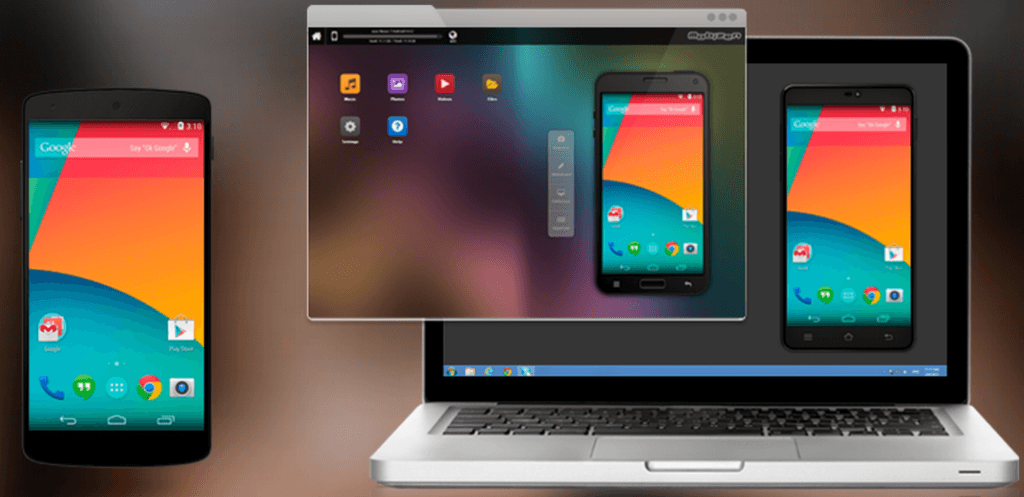

Leave empty by now.Īnd add this alias on ~/.bash_profile and/or ~/. On the recommended sndcpy path create an empty file on called scrsnd.sh and set execution permissions with chmod +x scrsnd.sh. It's time to convert scrcpy and sndcpy into scrsnd. What if I teach you how to use the fusion technique with them? They need to run on an independent terminal. The volume can be adjusted independently on the device and on the computer. The sound continues to be played on the device. Main stream error: connection error: Connection refused Once you clicked on START NOW, press Enter in the console to start playing on the computer. It will install the app on the device, and request permission to start audio capture: Now you can run sndcpy command no mather the path where you are. Update terminal source with this command source ~/.bash_profile or source ~/.zshrc to recognize new paths and aliases. Select the smart TV that you want to connect to wirelessly.Enter fullscreen mode Exit fullscreen mode Under the AirPlay Display, click on the dropdown menu.ģ. Go to Settings > Displays on your MacBook.Ģ. Once you are done, follow the steps below ġ. Use your Apple device to display the content on the TV: Select AirPlay on the Apple. Now that you are finished with setting up your Smart TV & installing the air screen app, switch on your MacBook or MacBook Air device, and connect it to the same WiFi connection as your TV device. Make sure your Apple device is connected to the same network as your TV. Step 2: Enable Connection on your MacBook or MacBook Pro.

Generally, android tv is only compatible with chrome cast devices and since the MacBook connects via airplay, you’ll need an air screen app to enable airplay compatibility with your MacBook’s airplay. When mirroring an android device, you need a third party support.


To connect your MacBook or MacBook Pro to an Android TV wirelessly, you’ll need all of the following requirements:


 0 kommentar(er)
0 kommentar(er)
